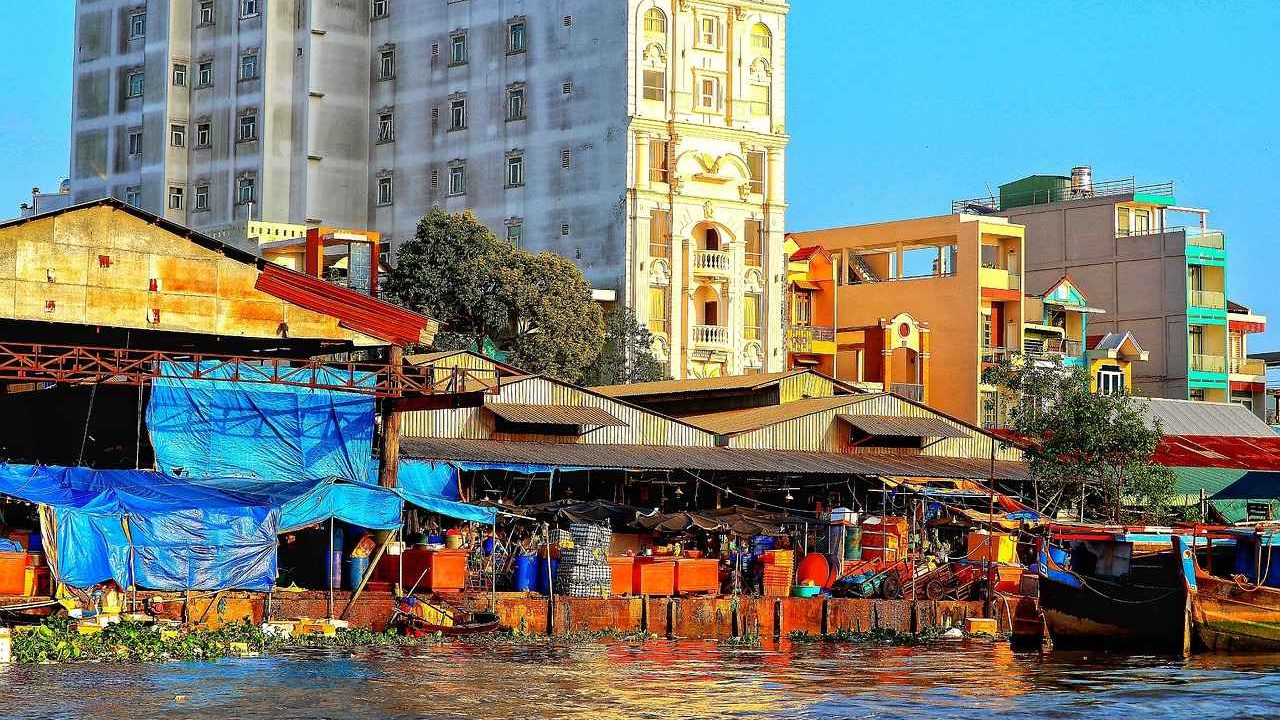Gated communities have become a prominent feature in urban landscapes worldwide, symbolizing exclusivity, security, and a higher standard of living. These enclaves, often surrounded by physical barriers and guarded entrances, offer residents a sanctuary from the perceived dangers and inconveniences of the outside world. However, this segregation by design raises critical ethical and social questions, drawing uncomfortable parallels to apartheid, the infamous policy of racial segregation in South Africa. While the motivations and mechanisms differ, the resultant socio-economic segregation shares striking similarities with apartheid, fostering environments where the wealthy and poor live in distinctly separate worlds.

Gated communities emerged as a response to increasing concerns about urban crime, congestion, and the desire for a controlled environment. These residential areas promise enhanced security, privacy, and amenities like private parks, pools, and even schools. The allure of such benefits attracts affluent individuals seeking a refuge from the challenges of urban life, creating pockets of prosperity within cities.
Mechanisms of Exclusion
- Physical Barriers: Gated communities are physically isolated by walls, fences, and security checkpoints. These barriers not only prevent unauthorized entry but also symbolize a clear demarcation between the affluent and the less privileged.
- Economic Barriers: The cost of living in a gated community is prohibitive for many. High property prices, maintenance fees, and the cost of amenities ensure that only a select few can afford to reside within these enclaves.
- Social and Cultural Barriers: The social networks and cultural norms within gated communities often differ significantly from those outside. Exclusive clubs, schools, and social events foster a sense of belonging among residents, while simultaneously alienating those who do not belong to the same socioeconomic class.
Gated Communities and Apartheid: A Comparison
Apartheid in South Africa was a legally enforced system of racial segregation that dictated where individuals could live, work, and socialize based on their race. Although gated communities are not legally enforced and are based on economic status rather than race, they produce a similar outcome: segregation and inequality. In both scenarios, a privileged minority enjoys superior living conditions, services, and opportunities, while the majority, often poorer, are left with inadequate resources and limited access to the benefits enjoyed by the elite.
Under apartheid, access to quality education, healthcare, and employment was severely restricted for non-white populations. Similarly, residents of gated communities have access to superior resources, including private schools, healthcare facilities, and recreational areas. Meanwhile, those outside these communities often struggle with underfunded public services and lack of opportunities, perpetuating a cycle of poverty and exclusion.
Apartheid restricted the movement of non-white populations through pass laws and other legal mechanisms, confining them to specific areas. Gated communities, through their physical and economic barriers, effectively limit the mobility of lower-income individuals. The lack of affordable housing, transportation, and inclusive public spaces makes it difficult for poorer individuals to access the opportunities available within these affluent enclaves.
The segregation created by gated communities fosters a society where the wealthy remain insulated from the challenges faced by the poorer population. This division exacerbates social tensions, as the visible disparity in living conditions and opportunities can breed resentment and frustration. Furthermore, the isolation of gated community residents from the broader society leads to a lack of understanding and empathy for the struggles faced by those outside their enclave.
Addressing the challenges posed by gated communities requires a shift towards inclusive urban planning. This involves:
- Promoting Mixed-Income Housing: Encouraging the development of mixed-income neighborhoods can help bridge the gap between different socioeconomic groups, fostering a sense of community and shared responsibility.
- Investing in Public Services: Improving public education, healthcare, and transportation can provide all citizens with equal opportunities, reducing the allure of gated communities.
- Encouraging Social Integration: Creating public spaces that encourage interaction among diverse groups can help break down social barriers and build a more inclusive society.
While gated communities provide a sense of security and exclusivity for their residents, they also contribute to a modern form of segregation reminiscent of apartheid. The physical, economic, and social barriers they create reinforce socioeconomic divides, limiting opportunities for the less privileged and perpetuating inequality. To build more inclusive and equitable urban environments, it is crucial to address these challenges through thoughtful urban planning and investment in public services, fostering a society where all individuals, regardless of their economic status, can thrive.



